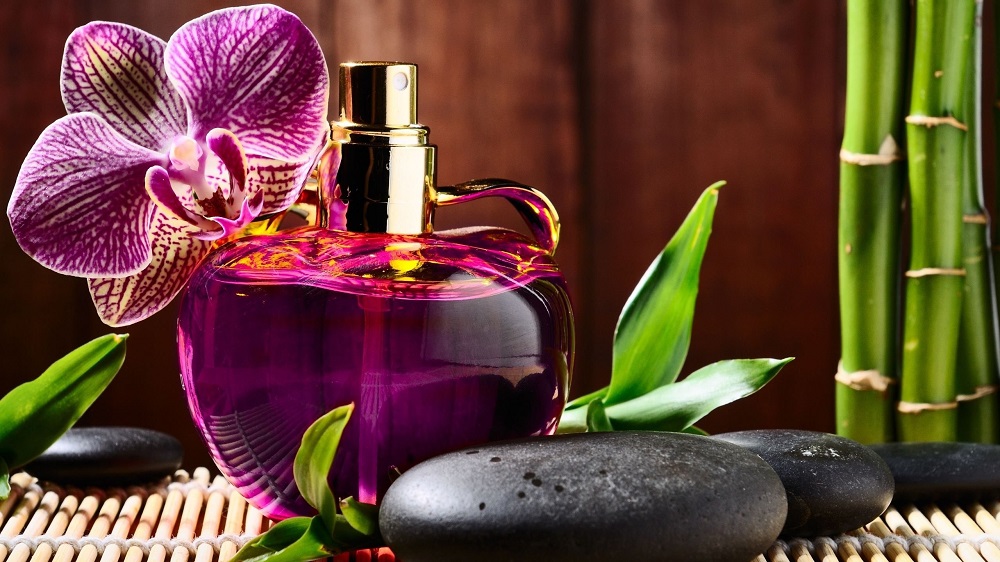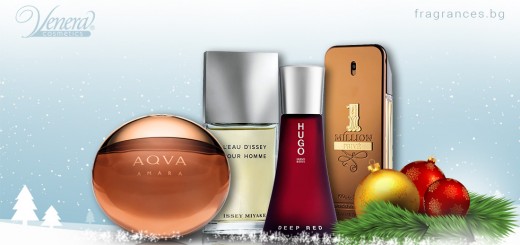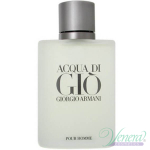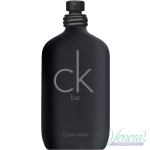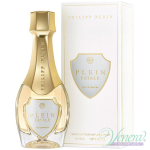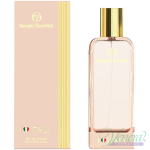What is a perfume?
The history of perfumes is as old as the human history itself. They were first used by the Egyptians for their religious rituals and ceremonies – there is evidence of perfume usage in Ancient Egypt dating back to 3500 BC. The word “perfume”, however, comes from the Romans. It was used for ceremonial burnings, or “per fumum”, which means “through smoke”, so this Latin phrase gave perfumes their popular name.
Greeks are the first to produce liquid perfumes, but they were very different from the perfumes we use today – back then they consisted of very heavy oils and fragrant powders. Except for spiritual rituals, perfumes were used to cover bad body scents. They were also applied to pets and different household objects, which quickly put them in a favorable position among kings, queens, and all kinds of nobility.
Modern perfumes are very different from their predecessors. Today they are a mixture of essential oils, fixatives, and solvents. Nowadays, these compounds can be either synthetically produced, or extracted from different plants. Either way, each perfume consists of 3 main types of notes:
- Top notes – these are the scents that you smell right after you apply the perfume to your skin. They usually evaporate very quickly, but, as they form the first impression of a given perfume, they are very important.
- Middle notes – as their name implies, these are the scents that unfold after the top notes evaporate. They are the “heart” of the perfume.
- Base notes – these are the notes you smell after the middle notes have disappeared. Together with the middle notes, they form the overall theme of the perfume. Base notes are richer and deeper and they usually unfold in about 30 minutes after application.
When it comes to the concentration of the aromatic compounds, there are several main types of fragrances:
- Perfume Extract – this is the most difficult kind to find, its concentration is between 15% and 40%. Be careful with this one, as it is very strong (it lasts for about 6 hours) and it can easily cause skin irritations!
- Eau de Perfume (EdP) – its concentration is between 10% and 20% (typically, it is about 15%). It usually lasts for about 3 to 5 hours.
- Eau de Toilette (EDT) – its aromatic compounds are between 5% and 15% (typically, about 10%). It usually lasts for about 2 to 4 hours.
- Eau de Cologne (EDC) – its aromatic compounds are between 3% and 8% (typically, about 5%). It usually lasts for up to 2 hours.
Important note on fragrances’ longevity: there is a lot of ambiguity when it comes to the longevity and strength of the above types of fragrances. For example, typically, Eau de perfume (EdP) will be more concentrated than Eau de Toilette (EDT), which means it will be more intensive and long-lasting, but that’s not always the case! Note that different perfume houses use different amounts of oils for their fragrances, which means that an EDT from one perfume house may actually be stronger and last longer than an EdP from another perfume house.
Our advice: take a look at the types of fragrances you have at home – they will give you an idea of what strength you are used to. Then, when you go fragrance shopping, always test the fragrance on your skin (one fragrance at a time) and wait for it to unfold. Take your time and have fun finding your next favorite fragrance!
